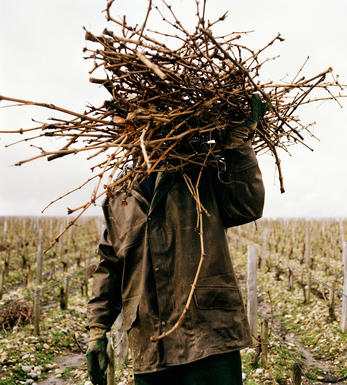
About this WINE

Champagne Lahaye
Benoit and Valérie Lahaye registered their property as fully biodynamic in 2003, quite a big decision in such a marginal climate. Their vines are located over 4.5 hectares in the Grand Cru village of Bouzy in Champagne, nearby Tauxières, and further south in Vertus.
The seriousness of their intent is demonstrated in their champagnes; real vins de terroir of astonishing complexity and depth, their power enhanced by part vinification in oak, their provenance underlined by a regime which combines low dosage and no malolactic fermentation. Despite this, the wines are rich and perfectly balanced, their good levels of acidity harmoniously matched by impressive extract and maturity of fruit.

Brut Champagne
Brut denotes a dry style of Champagne (less than 15 grams per litre). Most Champagne is non-vintage, produced from a blend from different years. The non-vintage blend is always based predominately on wines made from the current harvest, enriched with aged wines (their proportion and age varies by brand) from earlier harvests, which impart an additional level of complexity to the end wine. Champagnes from a single vintage are labelled with the year reference and with the description Millésimé.
Non-vintage Champagnes can improve with short-term ageing (typically two to three years), while vintages can develop over much longer periods (five to 30 years). The most exquisite and often top-priced expression of a house’s style is referred to as Prestige Cuvée. Famous examples include Louis Roederer's Cristal, Moët & Chandon's Dom Pérignon, and Pol Roger's Cuvée Sir Winston Churchill.
Recommended Producers : Krug, Billecart Salmon, Pol Roger, Bollinger, Salon, Gosset, Pierre Péters, Ruinart

Champagne blend
Which grapes are included in the blend, and their proportion, is one of the key factors determining the style of most Champagnes. Three grapes are used - Pinot Noir, Chardonnay and Pinot Meunier.
26% of vineyards in Champagne are planted with Chardonnay and it performs best on the Côtes des Blancs and on the chalk slopes south of Epernay. It is relatively simple to grow, although it buds early and thus is susceptible to spring frosts. It produces lighter, fresher wines than those from Burgundy and gives finesse, fruit and elegance to the final blend. It is the sole grape in Blancs de Blancs, which are some of the richest long-lived Champagnes produced.
Pinot Noir accounts for nearly 40% of the plantings in Champagne and lies at the heart of most blends - it gives Champagne its body, structure, strength and grip. It is planted across Champagne and particularly so in the southern Aube district.
The final component is Pinot Meunier and this constitutes nearly 35% of the plantings. Its durability and resistance to spring frosts make the Marne Valley, a notorious frost pocket, its natural home. It ripens well in poor years and produces a soft, fruity style of wine that is ideal for blending with the more assertive flavours of Pinot Noir. Producers allege that Pinot Meunier lacks ageing potential, but this does not deter Krug from including around 15% of it in their final blends.



Buying options
Add to wishlist
Description
Violaine is a phenomenon, namely a biodynamic Champagne that has been made without recourse to sulphur. With zero dosage and equal measures of Chardonnay and Pinot Noir, this is a powerful beast, raw and yet poised, meaty and yet with extraordinary acidity. Definitely one for the cognoscenti, some of whom will relish its challenges , and some of whom will merely be challenged. I ‘m in the former camp.
Simon Field MW - Wine Buyer
wine at a glance
Delivery and quality guarantee